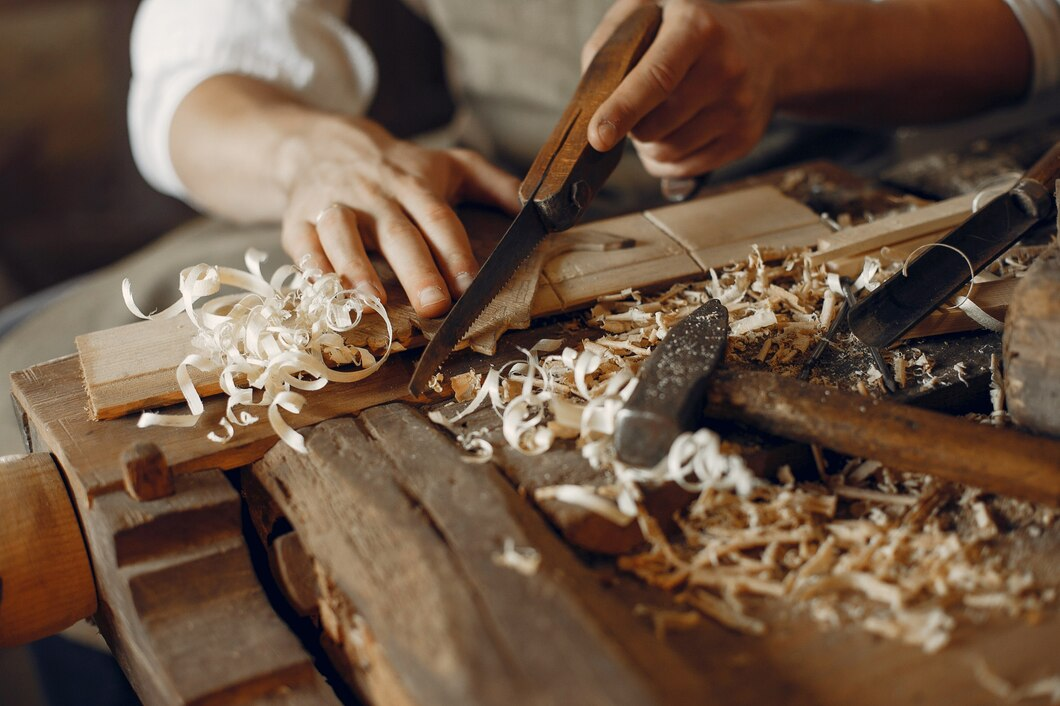History of Chippendale furniture - Chippendale furniture stands as one of the most distinguished and revered styles in the history of fine furniture.
Renowned for its sophisticated craftsmanship and timeless elegance, this style has adorned luxury interiors for centuries. Defined by exquisite carvings, superior materials, and a harmonious fusion of European and Asian influences, the history of Chippendale furniture is a testament to unparalleled artistry and refinement.
House of Chippendale today’s article will explore its origins, defining characteristics, and enduring legacy in the world of high-end design. Shall we delve into this timeless elegance?
The Origins History of Chippendale Furniture
It begins with Thomas Chippendale, an 18th-century English cabinetmaker whose vision transformed the world of fine furniture.
In 1754, he published The Gentleman and Cabinet-Maker’s Director, an extraordinary design compendium that redefined the aesthetics of luxury interiors. This seminal work introduced a striking blend of Gothic, Rococo, and Chinese influences, captivating the English aristocracy and global connoisseurs alike.
Within these esteemed pages, the world was introduced to the timeless elegance of Chippendale desks, distinguished by their sculpted cabriole legs, regal ball-and-claw feet, and masterfully crafted fretwork.
Chippendale’s designs transcended mere functionality, each creation embodied grace, balance, and meticulous craftsmanship. His influence spread beyond England, shaping the tastes of the elite and setting the standard for opulence in furniture design.
Key Characteristics of Chippendale Furniture

1. Exquisite Carvings
A hallmark of the history of Chippendale furniture is its intricate detailing. From delicate acanthus leaf motifs to regal claw-and-ball feet, each element is masterfully hand-carved, exuding an air of sophistication and grandeur.
Case furniture is often finished with a red wash on the carcass, features laminated bracket feet, and includes Gascoigne-stamped locks. Seat furniture can be recognized by cramp cuts, baton-carrying marks, and tourniquet holes along the seat rails.
These hallmarks serve as the fingerprints of Chippendale’s craftsmen, offering valuable insight into the origins of each piece.
2. Luxurious Materials
Throughout his career, Thomas Chippendale adapted his material choices to reflect shifting design trends.
-
During the Rococo period, giltwood and intricately carved mahogany took prominence, emphasizing fluidity and movement.
-
By the 1760s, the rise of Neoclassicism led to a preference for japanned and painted furniture, as well as intricate marquetry designs crafted from exotic woods.
-
Among his most celebrated works from this era is the Diana and Minerva dressing commode, commissioned for Harewood House in 1773, showcasing his mastery of marquetry on a satinwood ground.
Adding to this refinement, the preferred material for Chippendale creations was still mahogany, prized for its rich hue, exceptional durability, and impeccable grain. This noble hardwood enhanced the aesthetic appeal while ensuring the longevity of each piece, making it a treasured investment for collectors and admirers of fine craftsmanship.
Also Read: 5 Wood Furniture Maintenance Tips for Longevity
3. A Fusion of Global Influences
Thomas Chippendale’s visionary designs seamlessly integrated European and Asian artistic elements.
As we mentioned before, the ornate Chinese fretwork introduced an exotic allure, while the fluid Rococo curves and flourishes imbued his pieces with a sense of movement and refinement.
This fusion of global artistry rendered Chippendale furniture a symbol of cultured taste and aristocratic elegance.
The Enduring Craftsmanship in the History of Chippendale Furniture

1. A Timeless Influence on Luxury Interiors
Despite the passage of time, the influence of Chippendale furniture remains undiminished, for example the Chippendale desks which have retained their allure well into the 20th and 21st centuries. These timeless pieces continue to grace stately homes, executive offices, and refined interiors, seamlessly blending functionality with artistic craftsmanship.
By this example, discerning furniture makers continue to draw inspiration from his exquisite designs, reinterpreting classic elements for contemporary luxury interiors such as House of Chippendale.
Whether in stately manors, grand estates, or bespoke collections, Chippendale’s signature style endures as a hallmark of prestige and sophistication.
2. The Prestige of Chippendale Furniture
More than just furniture and more than just history, Chippendale furniture is an emblem of refinement and heritage. Coveted by collectors and esteemed interior designers, authentic Chippendale pieces embody the pinnacle of elegance.
To own a genuine Chippendale creation is to possess a piece of history which is a work of art that speaks to an era of extraordinary craftsmanship and enduring beauty, even until today.
Also Read: Maximizing Space and Style: How to Decorate with House of Chippendale Furniture in a Vancouver Condo
The history of Chippendale furniture is a narrative of exquisite artistry, cultural sophistication, and timeless elegance. Its influence continues to shape the world of luxury interiors, a testament to the enduring allure of masterful design.
For those who appreciate the artistry of fine furniture, House of Chippendale offers an unparalleled collection of handcrafted mahogany pieces and luxurious home accessories, preserving the grandeur of this iconic legacy in the modern era.
Need assistance? Send us a message, and our team will be delighted to assist you with impeccable service.





